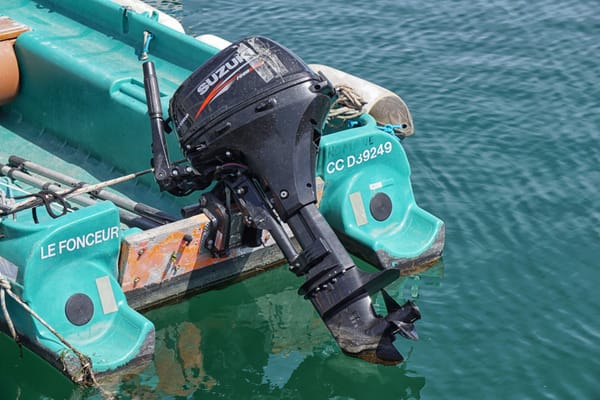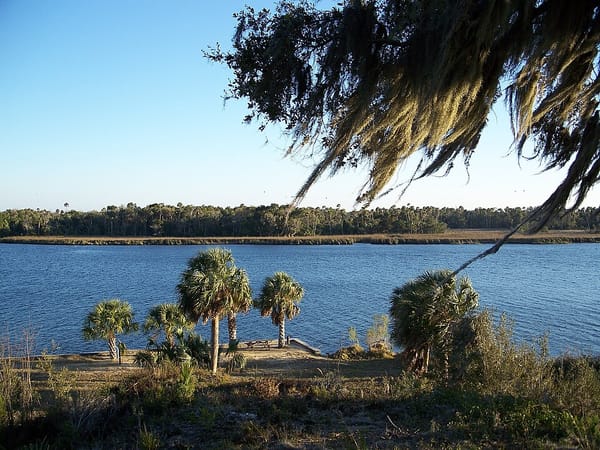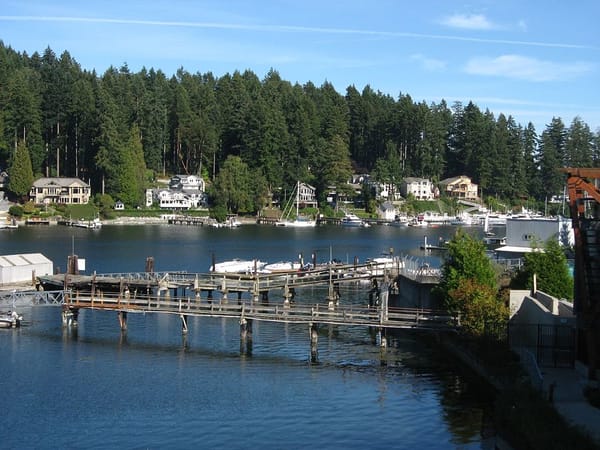Dockside Assistance: Basics and Benefits of Bow Thrusters
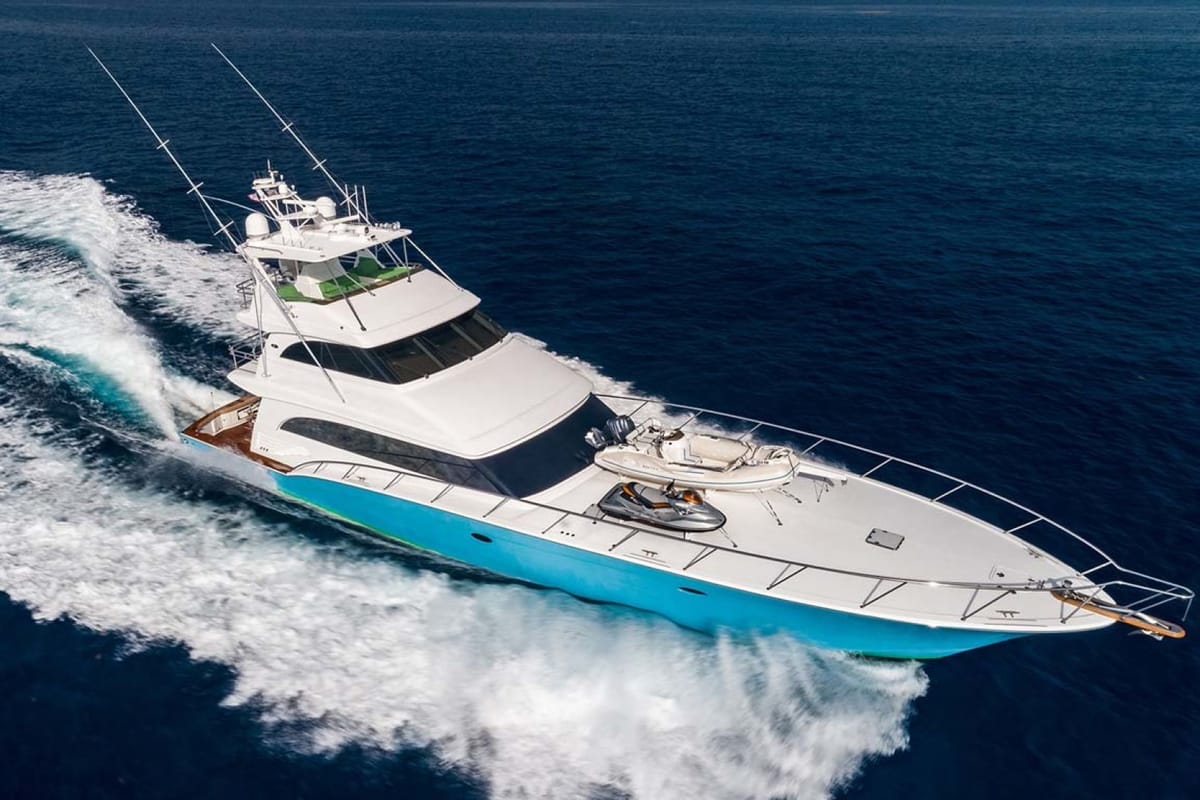
From the windlass anchor to fish finders, trolling motors and state-of-the-art GPS systems, any piece of gear or equipment that makes boating life easier, safer and more efficient is a plus in our opinion. If it makes you look cool at the boat dock rental, well, that’s just an added benefit. This leads us to today’s topic, the bow thruster.
Located at the bow of the boat, a bow thruster is a device that helps propel a boat laterally (from side to side), making it more maneuverable while docking (as well as leaving the dock). Essentially, it holds the bow at the dock so that you can get a line around a piling or cleat to tie up. It’s done without using forward (and backward and forward and backward again) motion. Think of it like the automatic parking assist you use in your car to make you look like a parallel parking pro (but with water and at a boat dock).
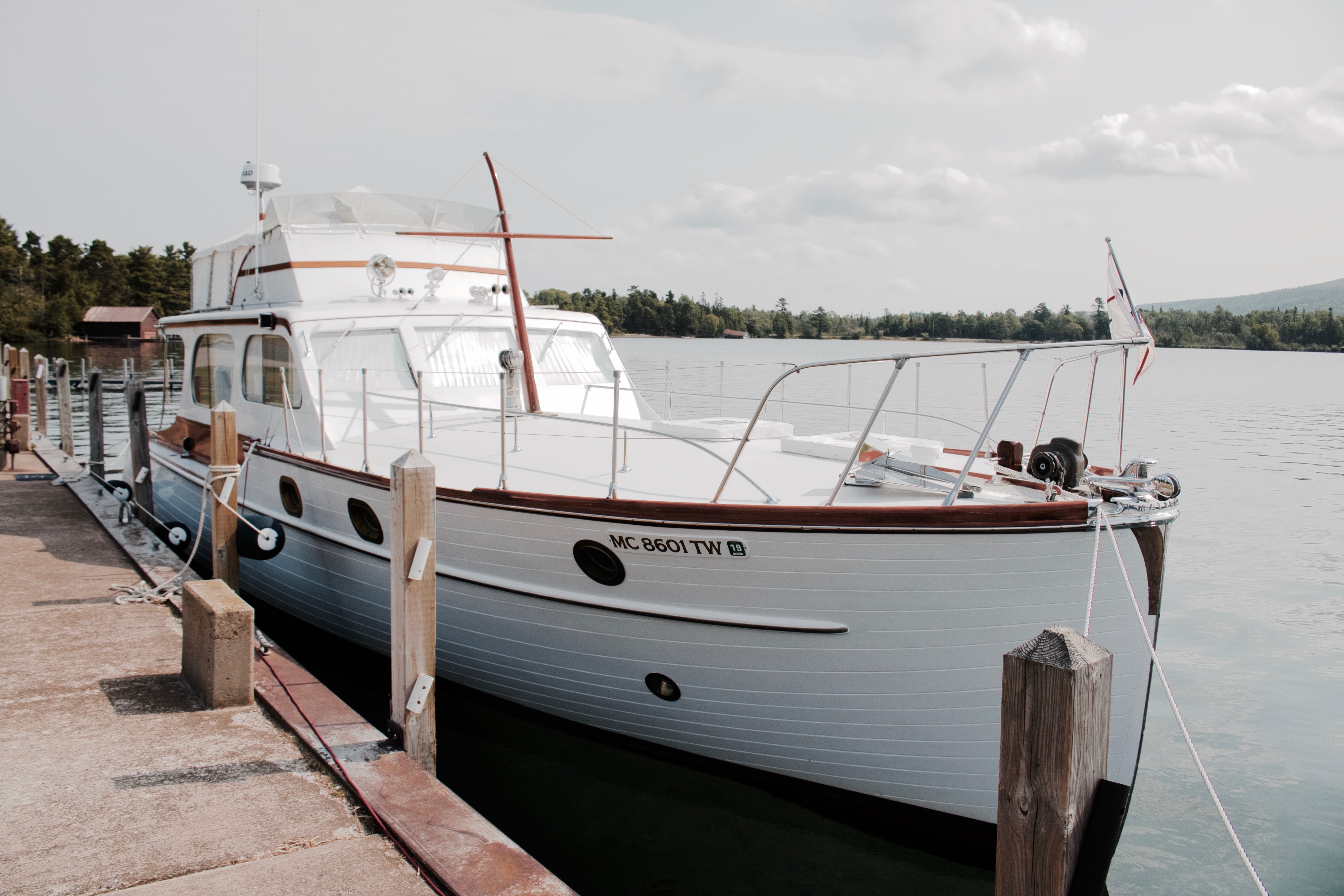
Photo: Unsplash
Just like trim tabs can improve the performance of your boat out on the water, bow thrusters can improve the performance of your boat at the dock. The system is operated with a joystick-type of device. You can even upgrade to a wireless remote for ease (and to make you look super fancy). The addition of a thruster at the stern can give you complete 360 maneuverability.
Whether you have a cuddy cabin, a motor yacht or a sailboat, you’ll want to choose a bow thruster that combines the right amount of power with energy efficiency and low noise. Let’s go over a few bow thruster basics.
Benefits of Bow Thrusters
- Better control, added safety and less stress
- Self-confidence in handling (like having a helping hand when boating solo)
- Helps keep boat from colliding with the dock and getting damaged
- More time on the water having fun and less time at the boat slip rental feeling frustrated
- Easier maneuvering in wind, strong current, crowded docks and tight spaces
Bow thrusters are usually standard on new boats more than 45 feet in length, but pretty much any boat can be outfitted with one. They’re available as electric or hydraulic units. Hydraulic thrusters are generally used on larger boats (especially ones that are already using hydraulic power for things like a windlass, a winch or a davit). Hydraulic systems are quieter and have more thrust. They can also operate longer without using as much power. Electric bow thrusters are more economical, require less space and are easier to install. Either one will make docking at a private boat lift for rent a whole lot easier.
Types of Bow Thrusters
Tunnel Thruster
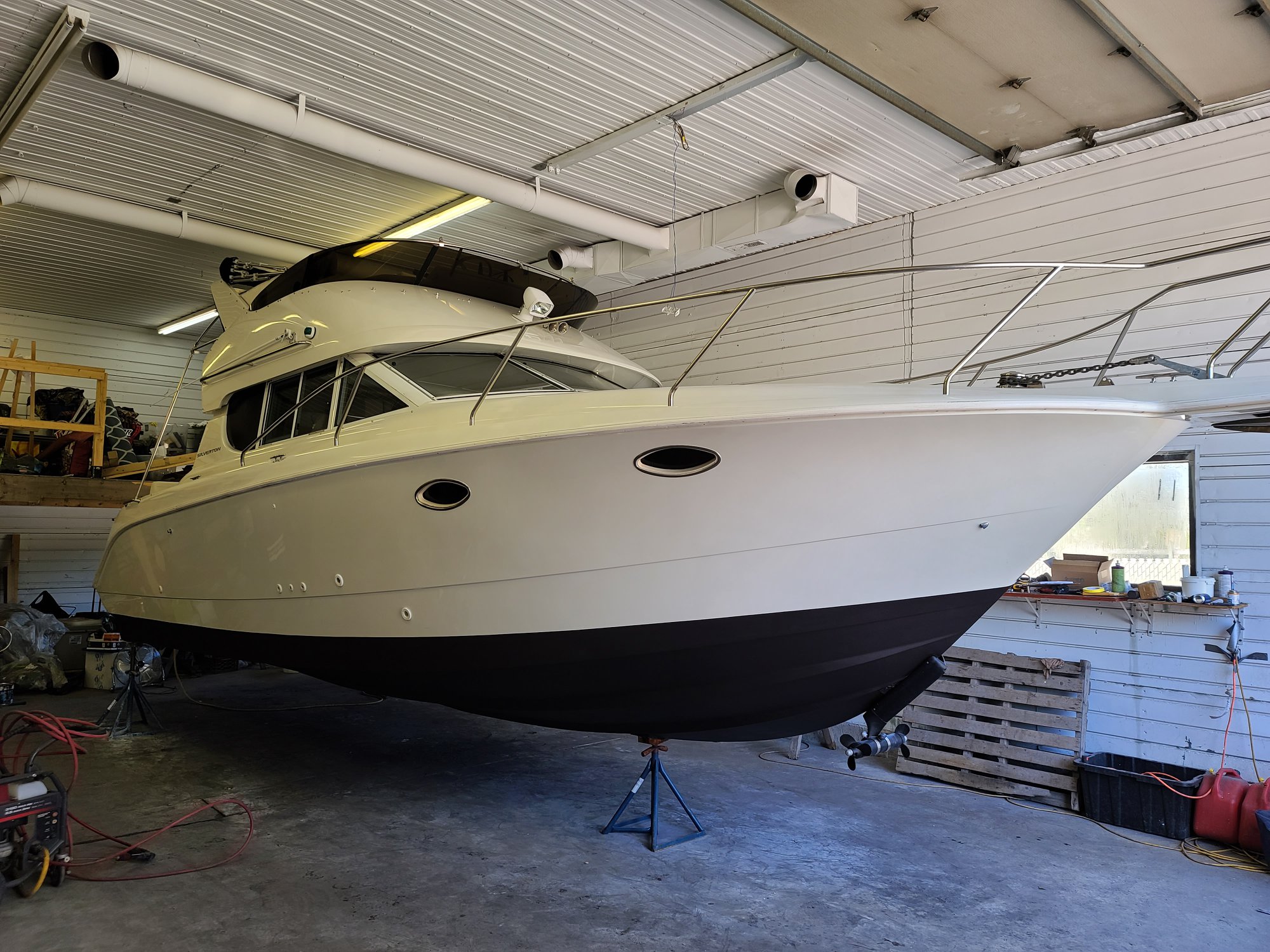
Photo: Sidestep Bow Stern Thrusters (via Facebook)
The most common type of bow thruster is the tunnel thruster. A tube (or “tunnel”) is installed through the bow below the waterline (far enough to provide the most amount of thrust without air coming in to make it cavitate). The propulsion unit then goes inside the tunnel. It has either one or two propellers and can also be installed at the stern.
Retractable Side Propeller
Retractable, or folding, thrusters can be installed at the bow or stern. The super cool thing about this type is that it folds up into itself, creating less drag and water resistance under and at the sides of the boat.
This type provides highly efficient thrust and is good for flat-bottomed boats. It can be mounted further into the boat with a shorter tunnel. Of course, the fact that they retract means there’s more construction involved in the installation process. They also take up more space than other types.
Externally Mounted Thruster
Externally mounted units are an efficient option if you’d rather not cut a large hole in the side of your boat (though it’s really not something to be worried about). They’re shaped like a torpedo (the propeller and motor are inside the housing) and are mounted underneath the boat’s hull. This is a good choice for smaller boats or ones that don’t have a lot of internal space. One downside is that, since they’re mounted outside on the boat’s hull, you need to be cautious when launching, retrieving and trailering a boat (as well as storing on land or a boatel). This type can create water resistance and drag (since it’s on the outside), but it’s quiet, has a long run time and doesn’t take up a lot of space.
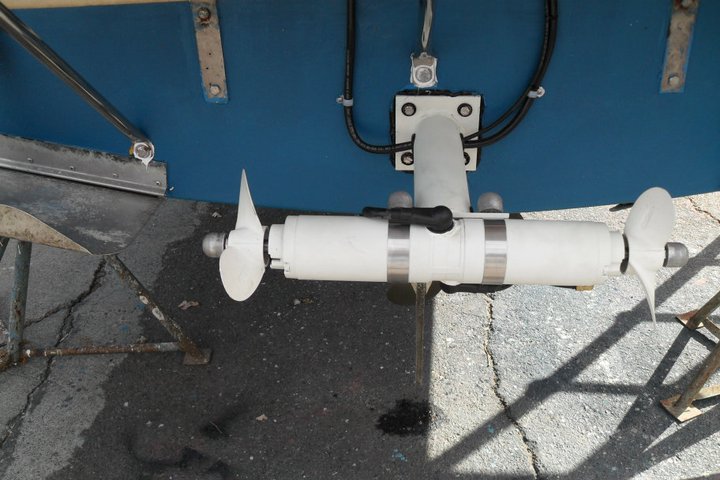
Photo: Sidestep Bow Stern Thrusters (via Facebook)
Things to Consider When Choosing a Bow Thruster
- Placement in the hull (bow, stern or both)
- Enough thrust to accommodate intended use
- Battery voltage
Once a bow (or stern) thruster is installed, you’ll find that there’s very little extra maintenance required. General cleaning and regular inspections will keep your boat’s bow thruster running smoothly for years.
For the ease and stress-free aspect when docking at a marina or private boat lift for rent, we think bow thrusters are worth their weight in gold. Happy Boating!

